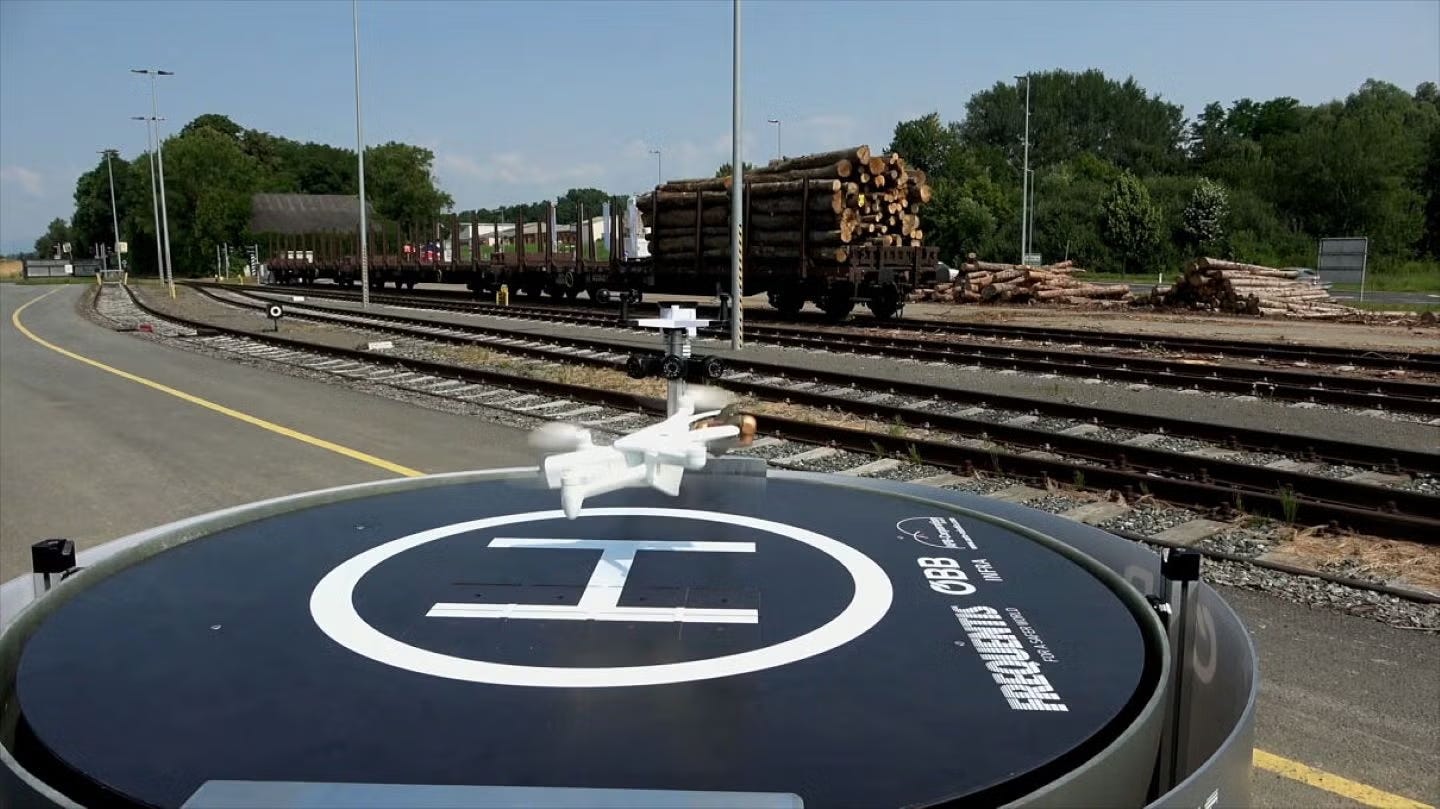European rail networks “vulnerable to sabotage” as hybrid threats escalate

The warnings were stark when Ukrainian Railways Strategic Director Oleg Yakovenko met with ProRail CEO John Voppen in Utrecht last week—European rail infrastructure built for efficiency now faces coordinated attacks that could paralyze critical transport corridors.
Voppen’s admission that Dutch railways are “vulnerable to sabotage” reflects a continent-wide security gap that could reshape investment priorities across Europe’s rail infrastructure spending.
Western European networks share a design philosophy that prioritizes operational efficiency over resilience. Built for maximum throughput and minimal redundancy, these systems now face threats their architects never anticipated: coordinated cyber attacks, drone strikes, and systematic sabotage campaigns that Ukrainian Railways battles daily.
From optimization to fortification
The evolution of Russian attacks on Ukrainian infrastructure offers a preview of escalating threats. Yakovenko outlined how attacks have evolved from broad targeting to focused strikes on stations and power supplies, with recent months seeing increased direct locomotive attacks including cyber infiltration.
Each phase demanded new defensive adaptations—rapid-repair teams, military coordination protocols, and redundant command systems that keep trains running despite daily bombardments.
For European networks, this progression suggests current security measures address yesterday’s threats.
An arson attack near Schiphol that ProRail referenced—occurring during a NATO summit—demonstrated how minor incidents can cascade through hyper-connected systems. A small fire paralyzed major junction points, exposing the brittleness beneath apparent robustness.
Investment imperative emerges
This resilience gap means immediate costs. Infrastructure managers must now justify security investments that deliver no operational benefits in peacetime yet prove critical when threats materialize. This mirrors defense spending—insurance premiums against low-probability, high-impact events.
According to Voppen, the Dutch government needs to commission research into resilience measures, signaling recognition that market mechanisms alone won’t drive necessary adaptations. Unlike capacity expansions that generate revenue, hardening infrastructure against sabotage offers only future cost avoidance.
Without regulatory mandates or direct subsidies, competitive pressures will continue favoring efficiency over security.
Leiden University research shows Russia has sharply increased sabotage operations against European critical infrastructure since 2022, with incidents spreading from Eastern Europe into Germany and France. This geographic expansion underscores the urgency of adaptation.
The NATO dimension adds strategic weight. East-west military mobility depends on civilian rail networks that currently lack rapid-recovery capabilities for wartime logistics.
As Yakovenko warned European officials, they must “radically rethink” their approach to resilience, noting it’s “only a matter of time” before physical attacks follow cyber probes.
Infrastructure managers face a strategic inflection point: continue optimizing for peacetime efficiency or begin the expensive transition toward wartime resilience. Ukrainian Railways’ ability to maintain operations under fire—which Voppen called “incredibly impressive”—provides both inspiration and warning of what European networks may need to achieve.

